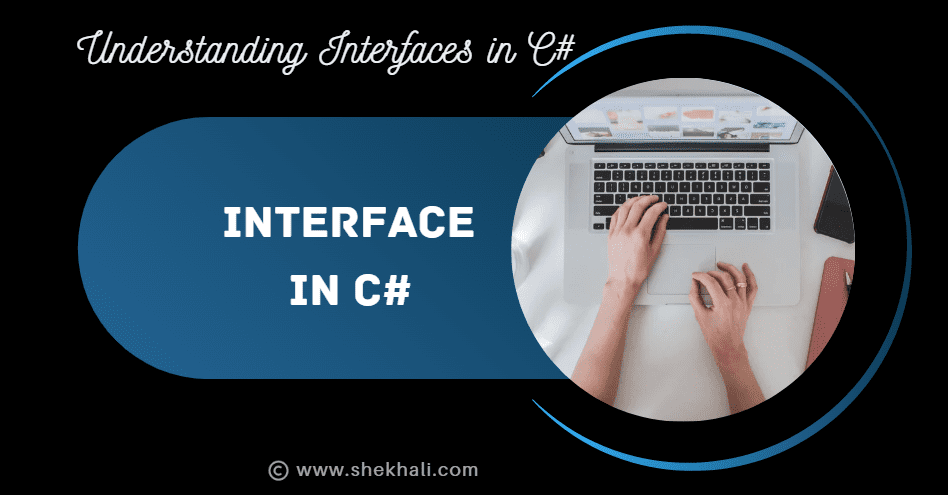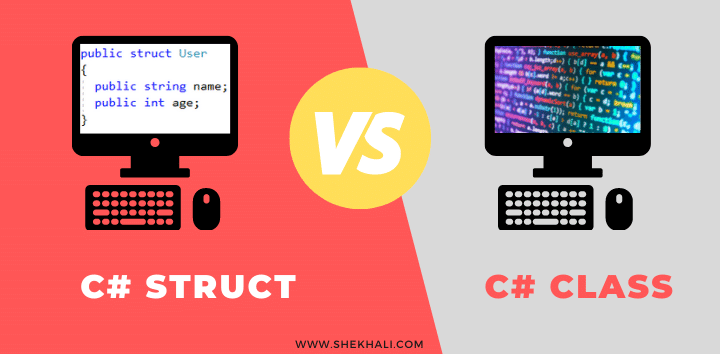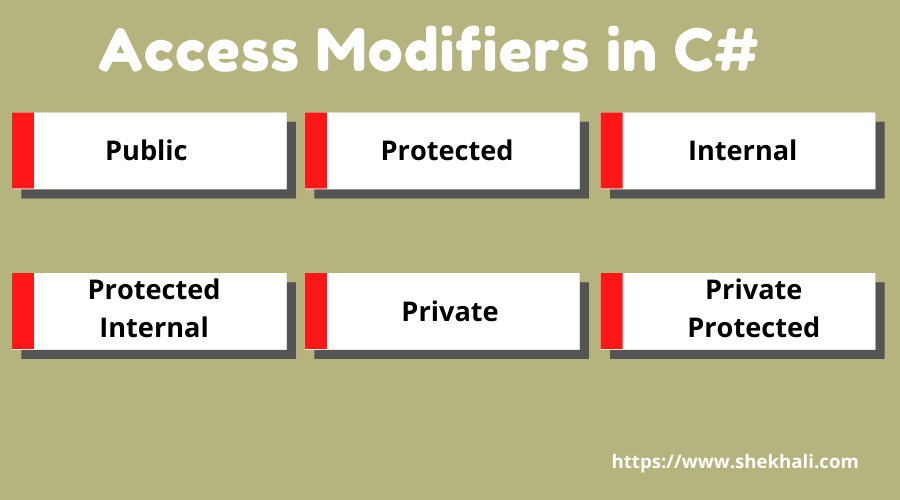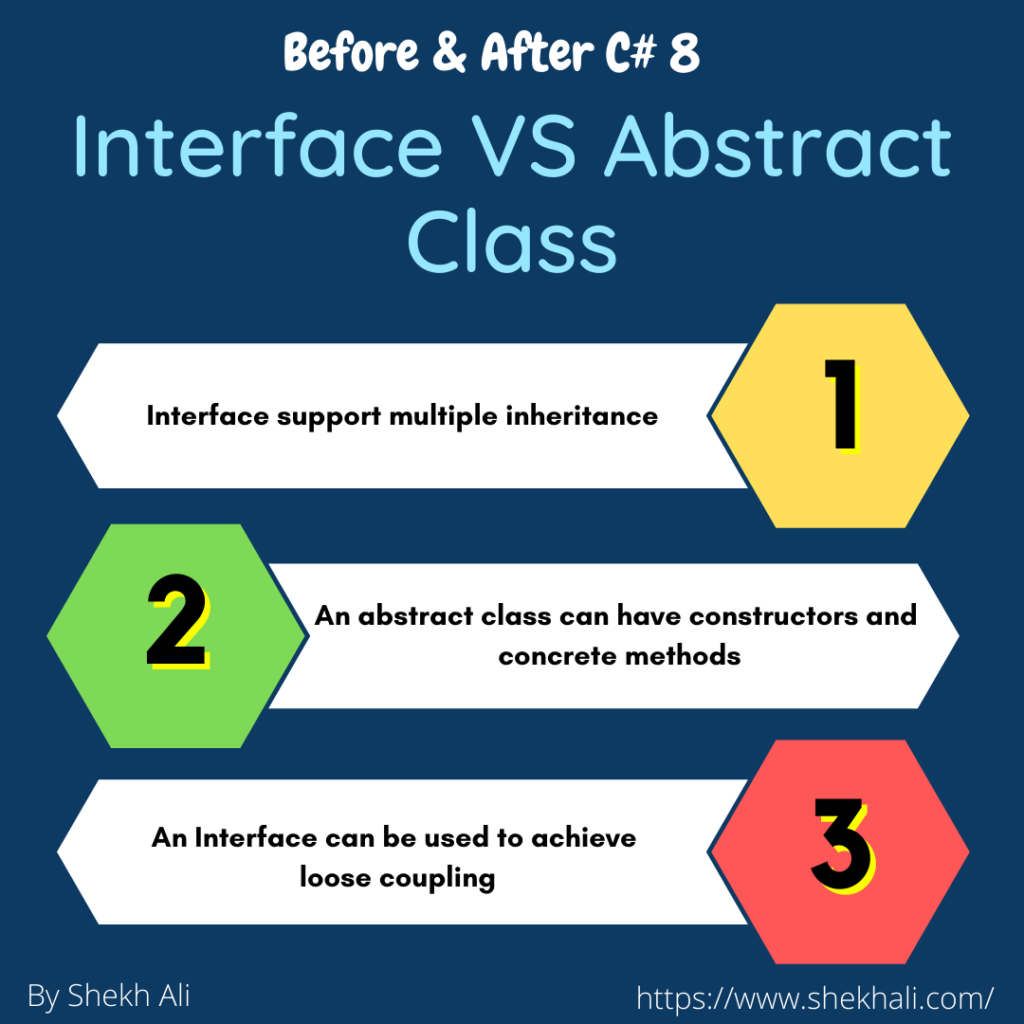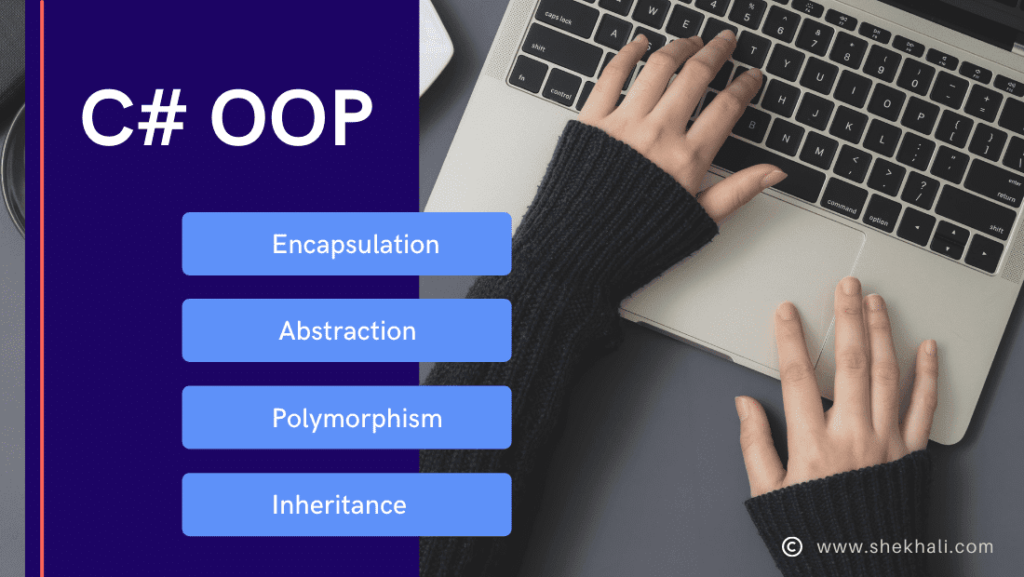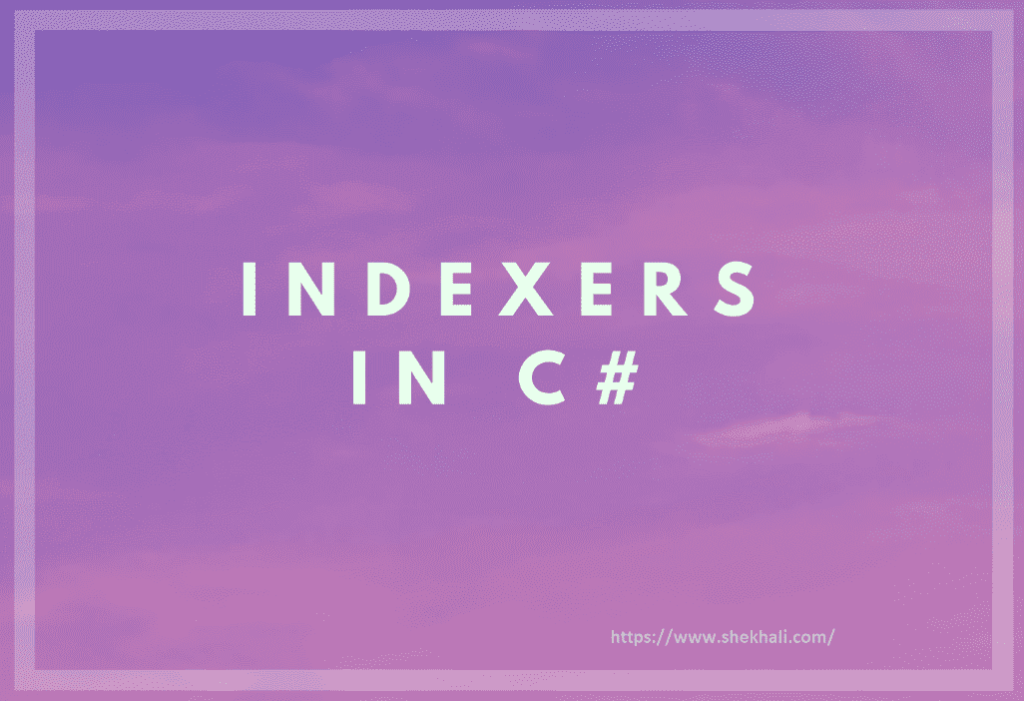C# is a popular object-oriented programming language used to develop different types of software applications. One of the key features of C# is the interface, which allows developers to define a contract for a class without specifying any implementation details.
This article will discuss the syntax, advantages, and implementation of C# interfaces, along with practical code examples.
